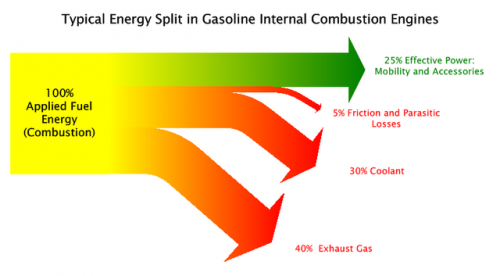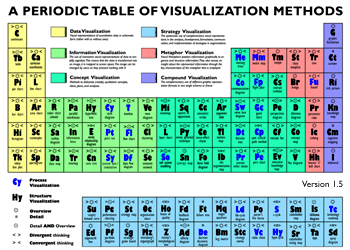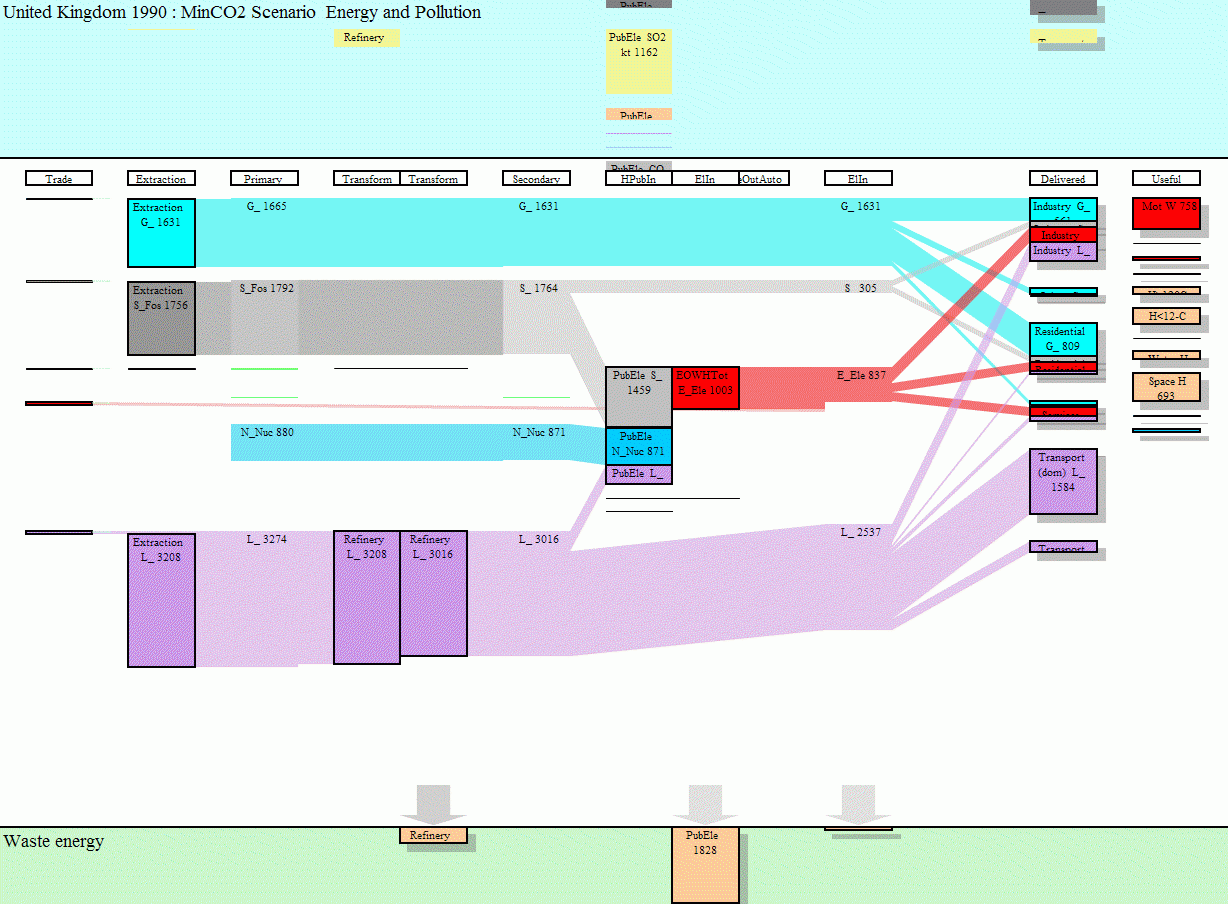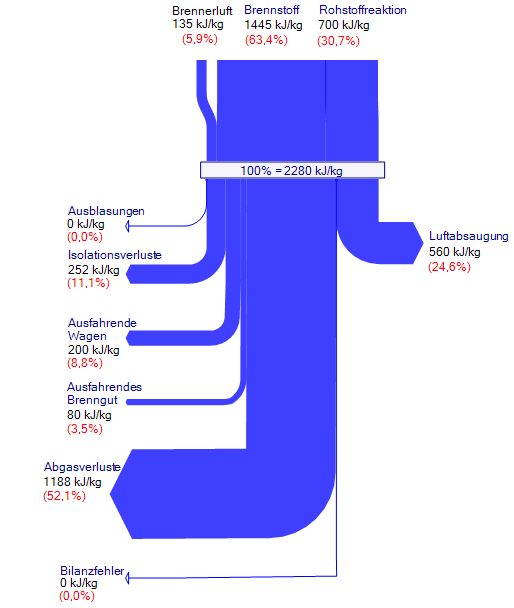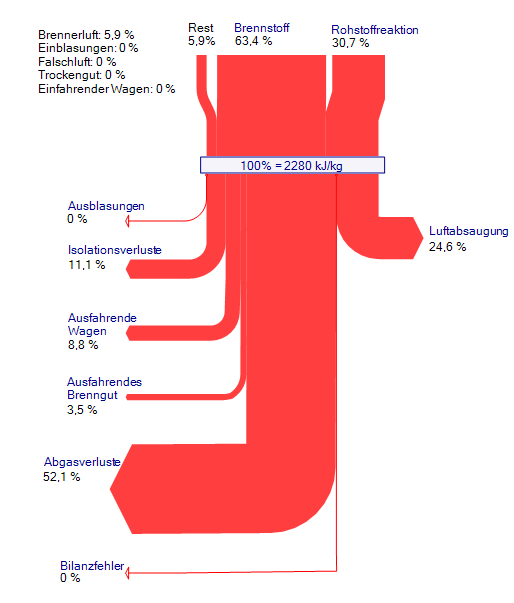I have been asked whether ‘Grassmann Diagrams’ are the same as ‘Sankey Diagrams’, or what distinguishes them from Sankey diagrams. Frankly speaking, I only came across Grassmann Diagrams one or two years ago, and I hadn’t heard (or had I overheard?) this term during my studies. So here is a short summary of what I found out about this special type of diagram.
Grassmann diagrams are usually referred to as ‘exergy diagrams’. Exergy, in thermodynamics, are being “defined as a measure of the actual potential of a system to do work” (see Wikipedia entry), or the maximum amount of work that can be extracted from a system. (For those who are looking for a well-written introductory article on exergy, I recommend the first chapters of this one by Wall and Gong, which also shows links to LCA, economics and desalination).
Coming back to Sankey diagrams, they were in the very first place used to show the energy balance, or energy efficiency of a machine or a system. (Today, however, the use of Sankey diagrams has been extended beyond displaying energy flows, and they are also used for any kind of material flows, CO2 emission, value flows, persons, cars, pig halves, and the like).
Thus the difference between Grassmann and Sankey diagrams is mainly that the first depict exergy, the latter energy. Taking this, it is understandable that the width of the flow gets less at each stage, while in Sankey diagrams the width of the arrow at a process (transformation, machine) should be maintained, as energy is only being transformed, but never being consumed (First Law of Thermodynamics).
Let’s forget about the semantics and their primary use for a second, and look primarily to the visualization aspect of both diagram types. Then, in a more general perception of Sankey diagrams as flow diagrams that display arrow widths proportionally to the flow quantities, Grassmann diagrams could be understood as a special subset of Sankey diagrams. Indeed, some authors refer to them Sankey-Grassmann diagrams, or as an adaptation of Sankey diagrams, or as the counterpart to Sankey diagrams.
This article “On the efficiency and sustainability of the process industry” from Green Chemistry is recommended for further reading. It also and contains some nice Grassmann (- or should I say Sankey) diagrams. Enjoy!
